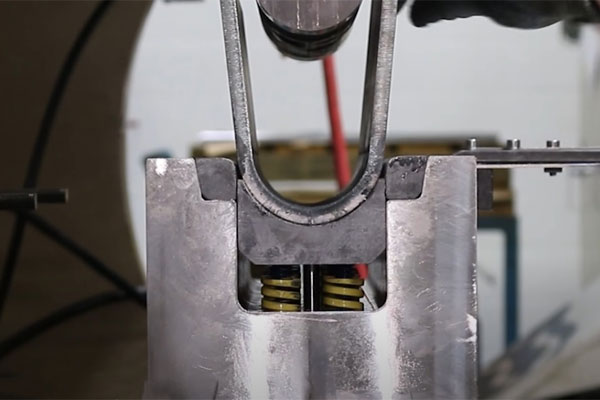Sheet metal bending is a fundamental process in the world of metal fabrication, and one of the most common and essential forms is U bending. U bending allows fabricators to create parts with a distinct U-shaped profile, which is widely used in many industries.
In this ultimate guide, we will walk you through everything you need to know about sheet metal U bending – from the basics to tooling, techniques, and best practices.
What is Sheet Metal U Bending?
U bending is a forming process that transforms a flat sheet into a U-shaped channel or profile with two vertical legs and a horizontal base. It is performed using a press brake or a bending machine, where a punch presses the metal sheet into a die to achieve the desired geometry.
The process is essential for creating frames, brackets, enclosures, and support structures where a strong and rigid U-profile is required.
Key Elements of U Bending
To master U bending, it’s important to understand several critical factors:
1. Material Selection
Different materials behave differently during bending. Common materials for U bending include:
- Aluminum (easy to bend, lightweight)
- Mild Steel (good formability)
- Stainless Steel (harder, more springback)
- Brass and Copper (excellent ductility)
Each material has its own bending allowance and springback characteristics that must be considered.
2. Bend Radius
The bend radius is the inside curvature of the U-bend. A minimum bend radius, typically at least equal to the material thickness, is recommended to prevent cracking or material failure.
3. Springback
After bending, metals tend to partially return to their original shape—a phenomenon known as springback. Compensation techniques such as overbending are employed to ensure dimensional accuracy.
4. Punch and Die Setup
- Punch: A V-shaped or U-shaped punch is typically used.
- Die: A matching die supports the sheet during bending. The die opening size, punch radius, and material thickness all must be correctly matched.
U Bending Process: Step-by-Step
- Material Preparation: Start with a properly sized and deburred metal sheet.
- Tool Setup: Install the correct punch and die onto the press brake.
- Positioning: Align the sheet on the press brake, ensuring precise placement.
- Bending: The punch descends into the die, forcing the sheet into a U-shape.
- Adjustment: After the initial bend, check the part for springback and adjust as needed.
Techniques Used in U Bending
There are several techniques to achieve U bending:
1. Air Bending
- The punch presses the sheet into the die without fully bottoming out.
- Allows for flexible angles but more springback.
2. Bottoming
- The sheet is pressed firmly into the die cavity.
- More accurate bends with less springback.
3. Coining
- High force deforms the metal at the atomic level.
- Very precise bending with almost no springback.
Common Applications of U Bending
- Automotive seat frames and chassis components
- Electrical enclosures and control panels
- Furniture structures
- HVAC ductwork
- Structural support channels
Tips for Successful U Bending
- Choose the Right Tooling: Match the punch and die precisely to the material and desired bend radius.
- Account for Springback: Always overbend slightly based on material properties.
- Use Proper Lubrication: Helps prevent cracking, especially with tougher materials like stainless steel.
- Perform Trial Runs: Always bend a test piece first to fine-tune the setup.
- Monitor Bending Speed: Slower bends often yield better results with less distortion.
Troubleshooting U Bending Problems
| Problem | Cause | Solution |
|---|---|---|
| Cracking at Bend | Too small bend radius | Increase bend radius |
| Wrinkling at Legs | Improper die clearance | Adjust tooling and use holding devices |
| Inaccurate Bend Angle | Springback | Adjust bending angle or use bottoming/coining |
| Surface Scratches | Poor die condition | Polish dies and use protective films |
Conclusion
Mastering sheet metal U bending is crucial for fabricators aiming for precision, strength, and durability in metal components. By understanding the material behavior, tooling setup, and bending techniques, you can produce high-quality U-shaped parts efficiently and consistently.

